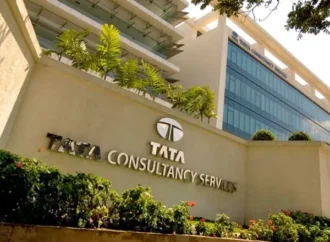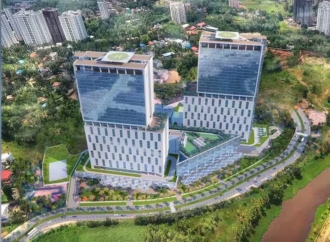India’s commercial real estate market is booming, with vacancy rates hitting record lows in significant cities. Awfis MD Amit Ramani attributes this to rising urbanisation, increased demand from IT firms, and a strong return-to-office trend, with flexible workspaces playing a key role in driving growth.
India’s commercial real estate market is witnessing robust growth, with office vacancy rates dropping to historic lows in key cities. According to Amit Ramani, Managing Director of Awfis Space Solutions, this surge is driven by rapid urbanisation, the rise of global capability centres (GCCs), and a strong push for employees to return to physical office spaces.
“India is still one of the least commercialised markets in the world. So there’s a lot of growth ahead,” Ramani said in a recent interview. He noted that major cities are experiencing a significant crunch in available office space, with some nearing full occupancy. “Vacancy rates are at their lowest in many places. Some cities have hardly any empty office space left.”
Flexible workspaces have become a major contributor to this expansion. In 2023, Awfis reported gross leasing of nearly 80 million square feet, with flexible workspaces accounting for about 20% of that volume. “We sold about 54,000 seats in a single year,” Ramani said, emphasising a 120-basis-point year-on-year drop in vacancy rates, particularly in cities like Mumbai, down to 12.5%.
The momentum continued into the first quarter of 2024. Ramani highlighted that 60% of the office leasing deals involved spaces larger than 100,000 square feet—signalling long-term investment confidence in India. “Rentals have gone up 7.5% to ₹105 per square foot. It shows a long-term commitment to the Indian market,” he added.
A key growth factor has been the widespread return-to-office mandates, especially from IT and IT-enabled services firms that had scaled back during the pandemic. “Almost 30-40% of the real estate was given up by large IT, ITES companies during the last four years. They are taking up space from us because they don’t have enough space,” Ramani noted.
Bengaluru remains a powerhouse for Awfis due to its strong tech ecosystem. Ramani also addressed concerns about the impact of artificial intelligence on the sector, arguing that AI is more of an enabler than a disruptor. “AI is more of a growth driver than a threat,” he said.
Despite global economic uncertainties and trade tensions, Ramani maintained a confident outlook. “In the short term, there is a bit of uncertainty… I don’t know what this tariff situation will lead to in the next 60–90 days, but on the ground, we are not seeing any changes,” he concluded. “In fact, companies are continuing to expand as we see it today.”
With vacancy rates plunging, rental prices climbing, and corporations re-investing in physical workspaces, India’s commercial real estate sector seems poised for continued momentum.























